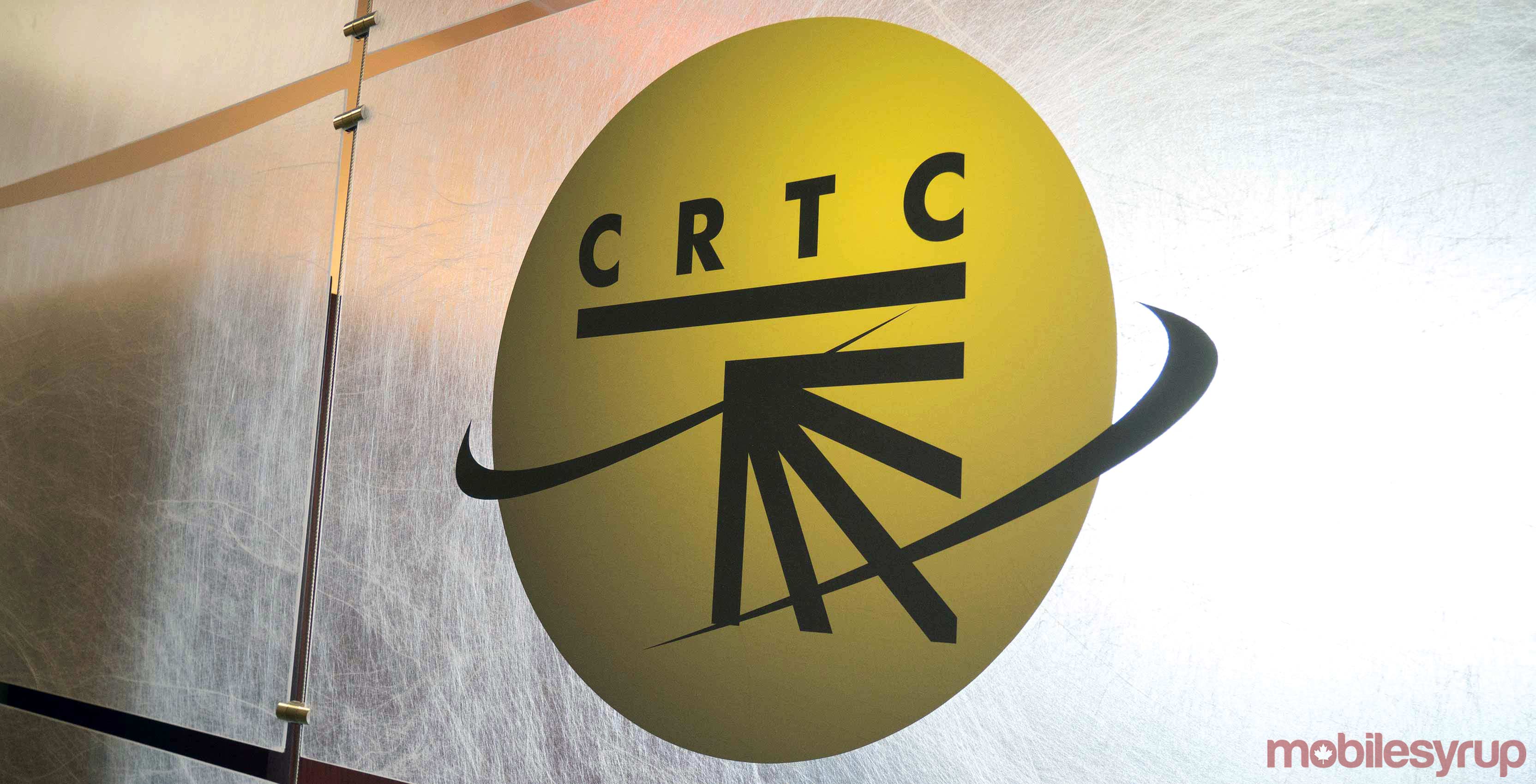
The CRTC has sent a letter to Canadian telecommunications carriers to understand device financing plans, similar to that proposed by Rogers and Telus.
I haven’t seen the letter posted on #CRTC site yet, but here’s the text of it pic.twitter.com/6KINZHQVbY
— Christine Dobby (@christinedobby) July 17, 2019
The Globe and Mail’s telecom reporter Christine Dobby posted the letter on Twitter, which has yet to be posted on the Canadian Radio-television and Telecommunications Commission’s website.
“Commission staff is aware of a recent practice whereby some wireless service providers are now offering device financing plans to customers separate from the provision of wireless services. Commission staff is seeking information to better understand these device financing plans and how they are offered to customers,” the letter reads.
Carriers have until July 30th to answer questions, according to the letter.
Rogers rolled out its device financing plans on July 16th. Telus also has similar options.
Rogers’ Edge Financing program takes the retail price of the device and splits it up over 24 months or 36 months. Customers can then pay these 24 or 36 equal payments as part of their monthly wireless bill.
At the time the financing option was available, Dobby had reported that the new financing option would essentially let customers pay off their extremely expensive phone over a period of three years instead of two. This option has not been evaluated by the CRTC.
According to the Wireless Code, wireless service providers that sell phones with an up-front subsidy have to make up the cost of the device in equal payments over 24 months. Companies are also not allowed to charge a cancellation fee. This rule allowed customers to have more options and for it to be more affordable for customers.
A three-year financing option could have customers facing a financial burden of paying off their phone even if they switch over to another carrier after two years.
In an interview with the Globe and Mail, Brent Johnston, president of wireless service at Rogers, said that by separating the two (device and monthly phone plan cost) it would stay within the rules of the CRTC.
“Clearly it’s the right thing from a customer perspective. It offers a more affordable choice and that’s the primary consideration here,” he said.
He emphasized the difference between a subsidy plan that packages the two (device cost and monthly plan price) versus separating the two.
In the latter case, once a person pays their phone off fully, the cost of their bill will automatically drop down to just their monthly wireless service. In subsidy agreements, the price of the plan remains the same even after the customer pays off the cost of their entire device.
Source: Twitter (@christinedobby)
MobileSyrup may earn a commission from purchases made via our links, which helps fund the journalism we provide free on our website. These links do not influence our editorial content. Support us here.


